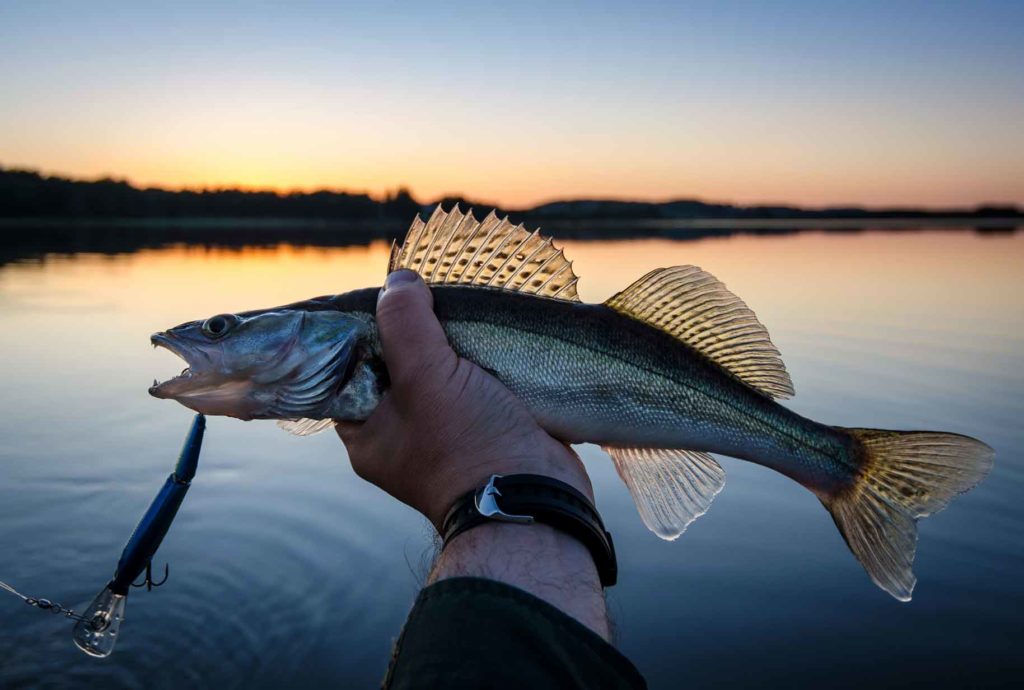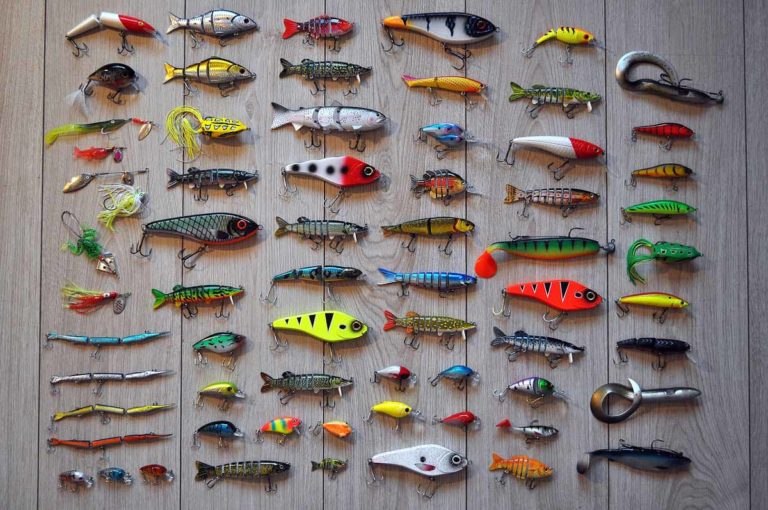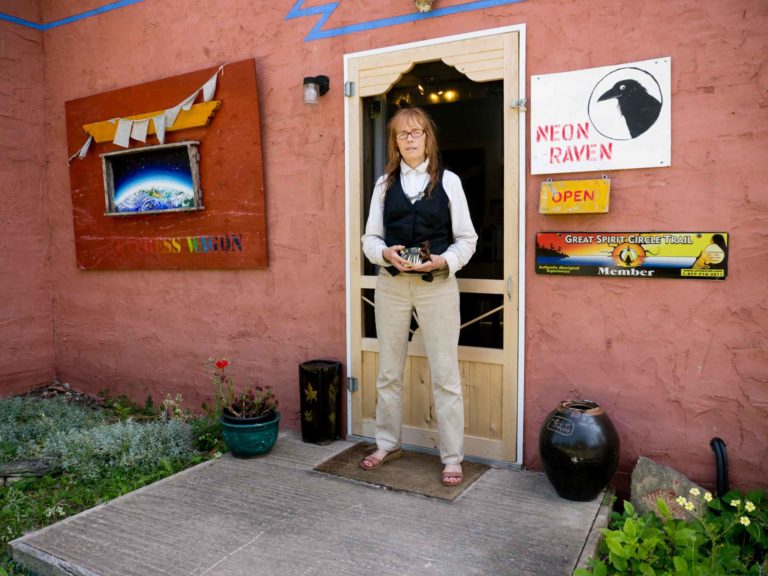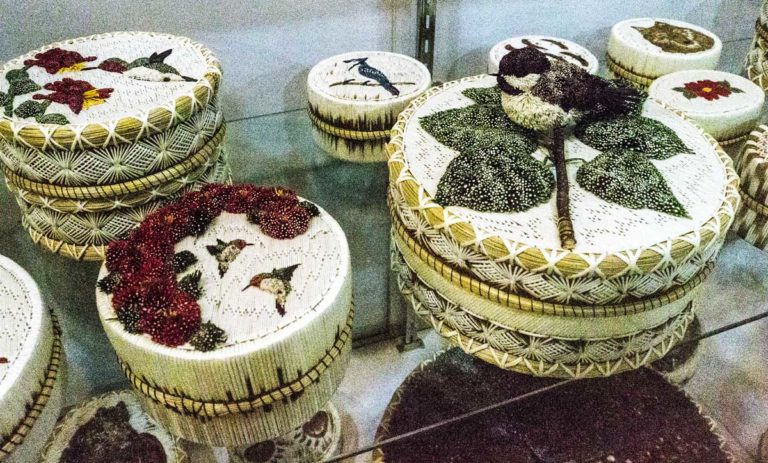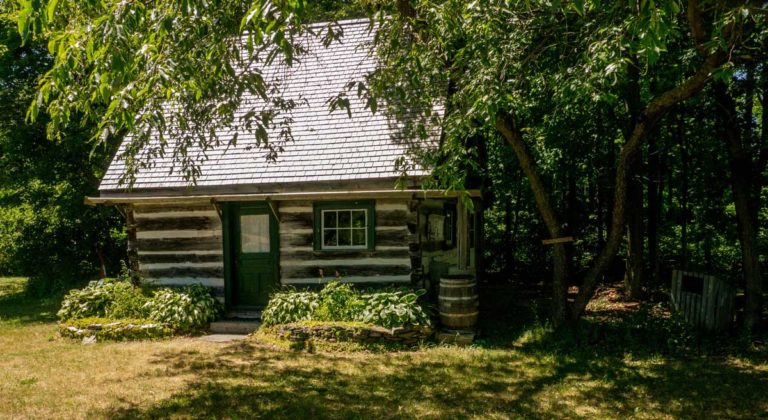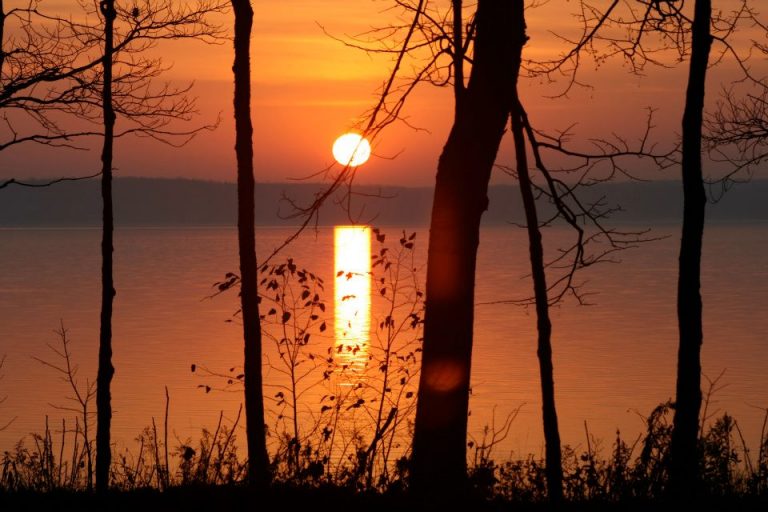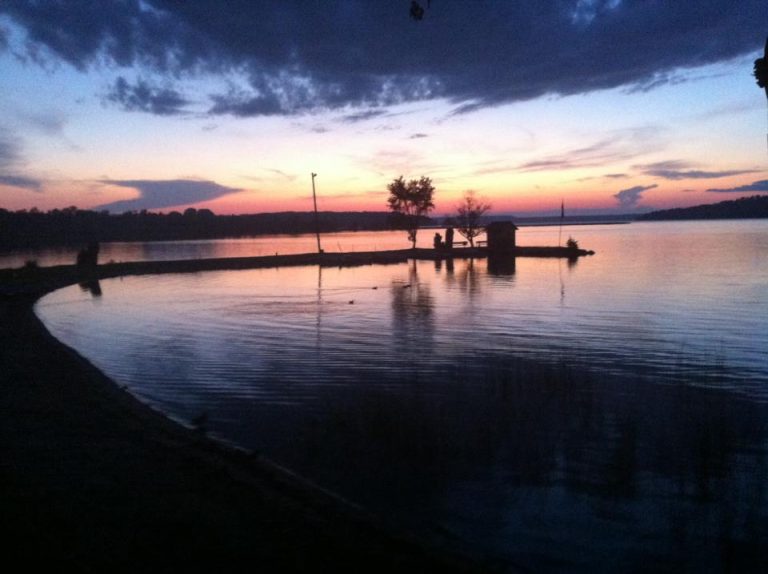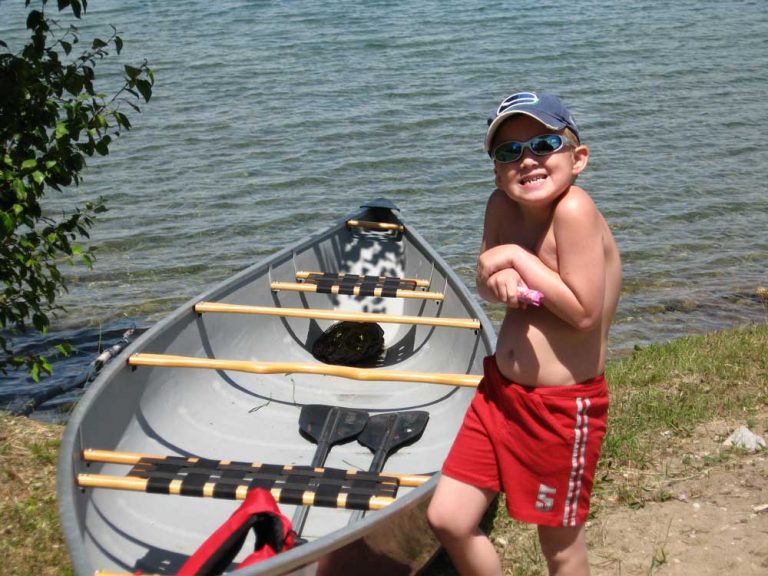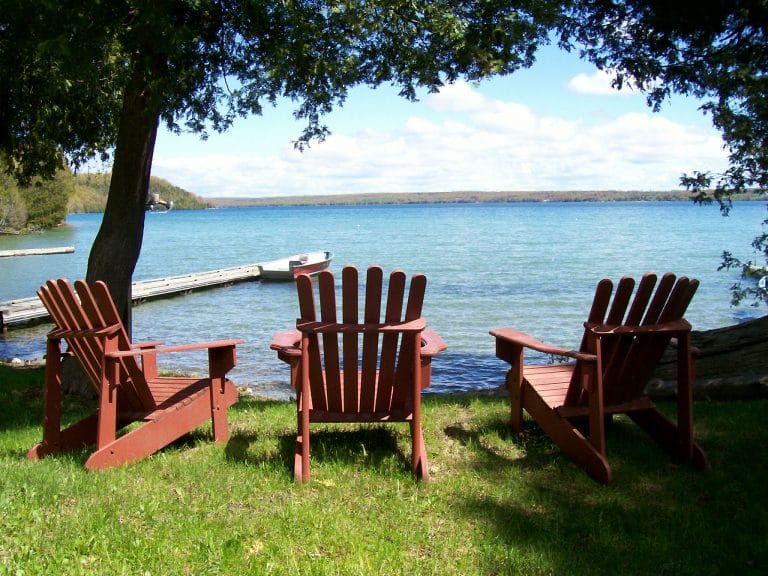Lake Mindemoya
Keen fishermen may find:
- Perch
- Walleye
- Bass
- Whitefish
On a satellite map of Manitoulin Island, Lake Mindemoya leaps out immediately: it is a startling turquois hue amid the darker tones of the other lakes.
But this striking beryl-blue colour, appreciable, it should be noted, from the lake’s shore as well as from outer space, is just the most obvious of the lake’s many unique characteristics.
The third largest of the Island’s 100- plus lakes, Mindemoya is also noteworthy for its central location, its swimmer-friendly temperatures, its abundance of whitefish (among other fish species), its importance to both native and non-native communities, and, of course for the dense, hilly island that provides both its signature image and its name.
Now called Treasure Island, this 87-acre hump of hardwood-clad limestone, rearing some 300 feet above lake level, was originally known as Mindemoya, or more properly, ‘Mindimowenh,” in the Ojibwetongue, which means “old woman.”
The true pronunciation is subtly (but notably) different from the one employed today. An elder from the M’Chigeeng first nation, which spans the northern shore of the lake, notes, “the words got ‘slanged’ a bit to be pronounced easier in English.
The origin of the name is variously explained, but the constant in each version of the legend is that this island, Mindemowenh, is embodiment of an Anishnabek women.
In one version Nanabush, or Nanaboozhoo, the notorious trickster and demigod of Ojibwe belief, is said to have been running north across the Island with his grandmother on his shoulders, when he stumbled, inadvertently shrugging the old woman into the lake. In a more grisly version related by F.W. Major in his 1934 history of Manitoulin, Nanabush beheads one of his wives and kicks her into the water.
A kinder account was passed on by the late Ernie Debassige of M’Chigeeng. According to his nephew, Blair Debassige, Ernie’s version was that the grandmother of Nanabush was dropped in the lake, but not abandoned, as the trickster would return to visit her, assuming (as he was inclined and able to do) a variety of shapes.
Allan Tustian, who has spent most of his nearly 100 years on Lake Mindemoya, (the exception is the five years he spent on much bigger water, serving in the navy during World War II,) has heard many of these stories. And he has many of his own to tell, too.
One even echoes the Ojibwe myth, inasmuch as it involves a woman plunked in the lake. On a particularly stormy day in the 1950s, Mr. Tustian was making a habitual run across the lake, (he worked for the lodge on Treasure Island, which was owned by his sister Jean and her husband Joe Hodgson,) when he came across a pair of people in distress, floundering in six-foot waves.
“It was a woman and her father,” he relates. “They had been out with Billy Vincer, who was a Baptist minister, and had capsized.”
Pulling the father out of the heaving water wasn’t difficult, Mr. Tustian recalls, because he “was a light guy.” The woman, however, was heftier. “Eventually, I just grabbed her with both hands by her girdle, and hauled her in.
Mr. Tustian received a citation for bravery for rescuing the two. Unfortunately, Mr. Vincer had drowned before Mr. Tustian came onto the scene.
The lake isn’t usually so deadly. A typical summer day will find dozens of people lolling in the peaceful, shallow waters, trolling lazily in boats for bass or pickerel, or sun tanning on the shore.
Local anglers reference the “whitefish hole” that the late Fred Wagg discovered “many years back,” a deep, cold, spring-fed dimple in the lake floor that still teems with the tasty species (which are also fine fighters for sports fisherpeople). “There used to be eight to 10 boats at a time all congregated around this hole,” one older fisherman recalls.
The hole, of course, looks nothing like a hole from the surface. “it looks like, well, any other spot on the lake, smooth, turquoise, semi-opaque.” But my local fisherman knows where the hole is. “Years ago” he had some divers go down to confirm his suspicions. They found a greater depth than usual for the lake, and cold water bubbling from a spring.
Lake Mindemoya is, on par, shallow, just 30 feet deep in most places. There is one spot, near Stanley Park, that plummets to about 80 feet, but generally it’s the height of three basketball hoops out in the middle, and extremely ‘wadeable’ near shore.
This accounts for its warm temperature, as well as, partially, for its lustrous aquamarine hue, although locals also credit “the blue clay bottom” for that almost surreal coloration. The blue clay some say, also makes for fine pottery.
Shards of pottery have been found on Treasure Island.
The lodge is now owned by an American company, and privately rented. Many of the original cabins still stand. The lodge retains its impressive stone front but has also been given a considerable facelift and modernized.
People from West Bay, now called by its Ojibwe name M’Chigeeng, also ply the waters of Mindemoya. They still fish the waters, catching whitefish as well as “freshwater herring, as we call it,” says a M’Chigeeng elder.
The island is no longer theirs, nor are the caves on the west shore of the lake where skeletons of their ancestors (perhaps killed by the Iroquois) were found in 1888. This location is now part of Rockgarden Terrace Resort.
Nearby places to stay, eat and play
Up Top Sports Shop
Neon Raven Art Gallery
Lillian’s Crafts
Mindemoya’s Pioneer Museum
Wagg’s Wood
Island Sunrise Cottages
Island Spring Cottages
Pirate’s Cove Cottages
Cedar Grove Cottages
Twin Peaks B&B
Whether you explore Lake Mindemoya by car or boat or bicycle, with its numerous beaches, boat launches and picnic spots, the lake invites all manners of experience. It is worth keeping in mind the history and origin of this lake. It is worth a complete orbit, with an eye on the centre.
The village of Mindemoya calls itself the hub of Manitoulin Island. That may be so, in a certain respect, but the proper hub of the area is the steep, striking island from which the village and lake drew its name.
There are two public boat launches on Lake Mindemoya: one at the Government dock on Ketchankookem Trail on the lake’s southern side and other, on the lake’s west side, on Monument Road between Rock Garden Terrace Resort and Stanly Park Tent and Trailer Park.
The public beach at the Ketchankookem boat launch area is a delightful sand affair and there is a nearby pier suitable for jumping in or sunbathing.
A tidy municipal picnic park is just across the road from the beach.

